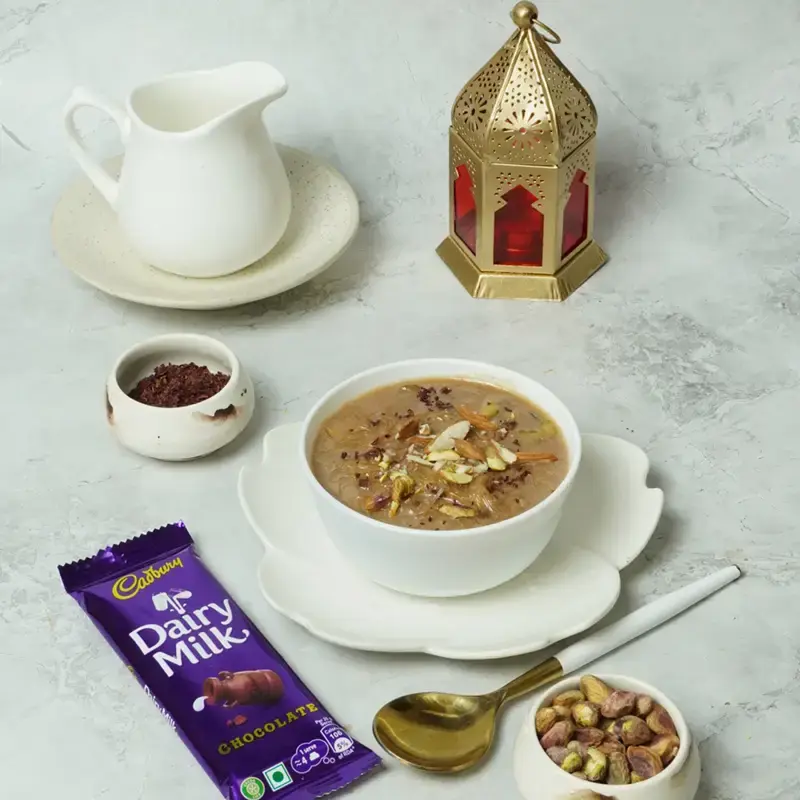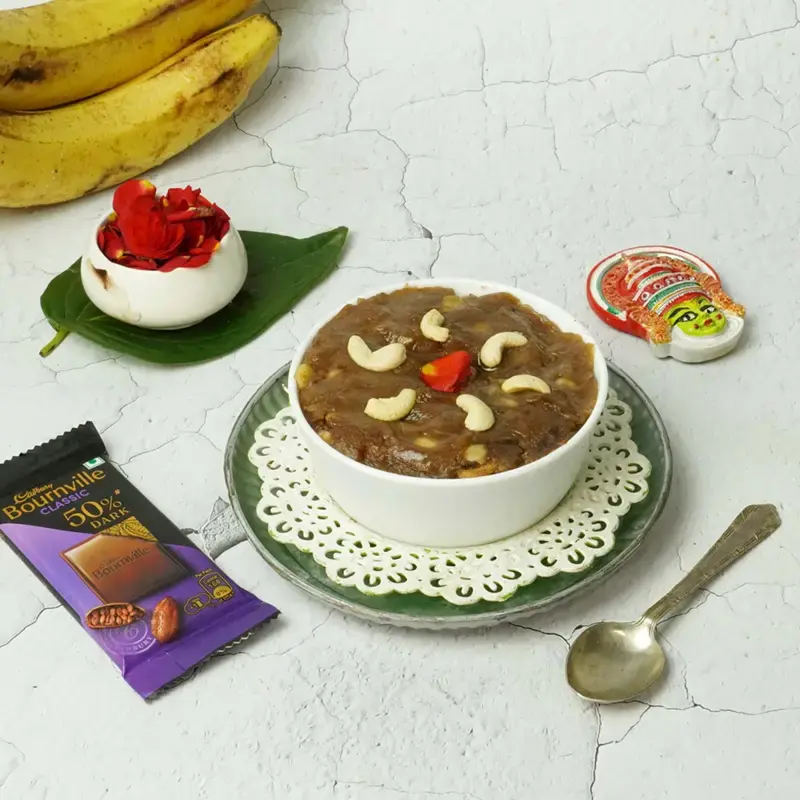- Home
- Articles
- Wondering how to Celebrate birthday without cake? These Sweet, Yeast Buns From Around the World are Comfort Staples
Sweet buns have been around long before the sugar, iced desserts that make you nauseous. So this is how to Celebrate birthday without cake.

Buns have been around since ancient times when rice and wheat could be pounded into fine powder and cooked, baked and steamed. These over time included sweet fillings, sugar and loads of glazes that with time sprung up in different pockets of the world. They are so widespread that they don't get the attention that other glamorous desserts do. Here’s another list of sweet buns from around the globe that feel like a taste of baked comfort, and having them present is how to Celebrate birthday without cake.
1. Pão de Deus
Literally meaning the bread of the Gods, Pão de Deus is a Portuguese dessert that is a lot like the French sweet bread, brioche. The brioche doesn't have a topping, but this one does, which is made with coconut and eggs. The bread is flavored with vanilla, lemon zest or rum and is baked until the top is a crisp golden. They are associated with the All Saints Day, but can be found in the country, throughout the year. It is also associated with a custom called the “pão-por-deus”, which is similar to trick or treat but here, the kids share poetry in return for sweets, where they are often given this sweet bun.
2. Aranygaluska

These dessert buns from Hungary translate to “golden dumplings” which is said to be the parent of the American monkey bread. Its identity is ambiguous and sometimes it masquerades as cake and sometimes as a bread, so it's ubiquitously called dessert that is an assembly of yeasted balls of dough. It's rich in butter, sugar and ground almonds and is easy to pull apart. This dessert has ties to the Jewish community and as most of them migrated to the new land, America, they took their recipe with them. It was said to have been served in the White House in the 1950, by First Lady Nancy Reagan.
3. Ttongppang
This one is the most interesting sweet bun of the lot, and it's from South Korea which literally means poo bread. No, it doesn't contain any amount of poo, it's a sweet bread which is shaped into the poop emoji and is made from regular ingredients. It has a shell made out of wheat flour with pieces of walnuts dispersed in a red bean paste filling inside. You will find them at most Korean local markets and being sold by street vendors. Don't let the unappetising name fool you! It's delicious and poo in Korean culture is a sign of good health and prosperity.
4. Heißwecke
Hedewig or Heißwecke is a currant bun from Germany which can be found in the country and the European pockets having a dominant German population. It dates back to the Middle Ages and is associated with Lent, the fasting period before Easter. It's a sweet bun or bread roll that uses wheat and milk and is eaten hot off the stove. It also uses butter and sugar in the dough and follows a secret recipe that every bakery in town knows.
5. Belgian Bun

Made with golden raisins or sultanas, Belgian buns are sweet with a slathering of frosting, sometimes lemon curd and half a glazed cherry. It is called Belgian but it’s an English sweet bun that also has the name of “cherry boobie”. It’s usually round or square in shape with sometimes cream as a topping instead of the frosting or le on curd. There is no gala story as such and it is just one of those buns you would always see around, and one fine day wonder where it might have come from, then proceed to forget it just as abruptly.
6. Blaa

It is anything but like its name, Blaa is from Waterford, Ireland and is a kind of sweet bun or bread roll eaten during breakfast. They come in either a soft version or a crusty version. The former is sweeter, softer with a melt-in-the-mouth texture while the latter is crunchy, and chewy with a bitter aftertaste that grows on you. They are usually eaten with savory fillings in Ireland.
7. Melonpan

Resembling the surface of a diced mango, you see in advertisements, Melonpan means melon bread and comes from Japan. It’s a sweet bread with a biscuit crust that cracks to form that cross-cross pattern on top. The OG version is said to have come from the Meiji era and the name is thus because it resembled a melon. As time progressed, and the Portuguese came in with their baking techniques, the simple bread, that was called melon, came to be known as pan or bread. The Japanese use this term to denote any kind of Western bread.
Like This Article?
More Like This



Popular Articles





Trending Web Stories
Curated Recipes



















